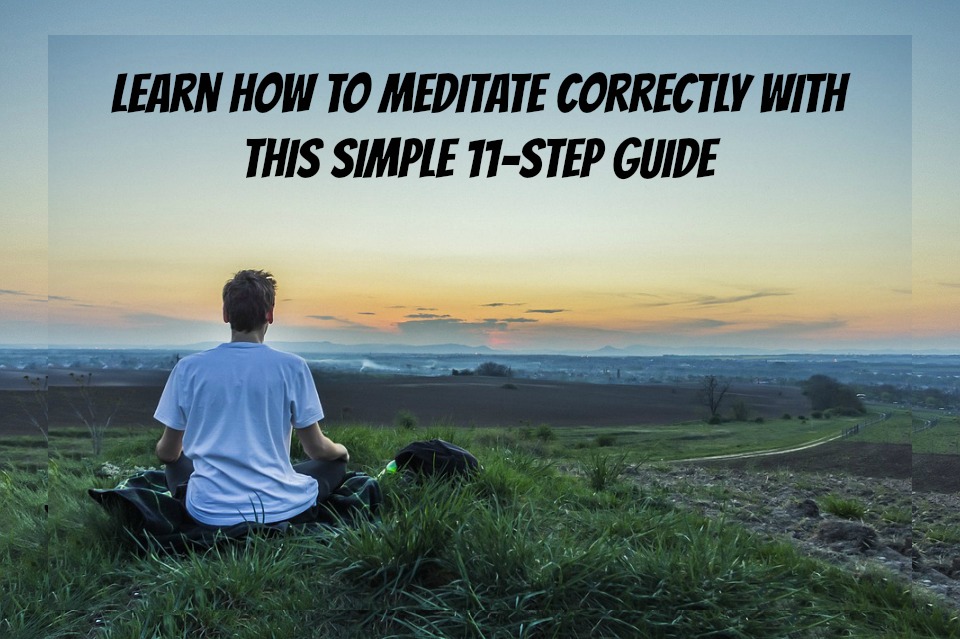Learn to be grateful for what you have
With the advent of social media, the world is becoming smaller and relationships are being taken into the virtual world. Smart phones, tablets and PC’s are making it easier to communicate with someone on the remotest corner of the world. However, with everything being done so quickly and available in the palm of one’s hand, it has made people much more restless, edgy and prone to short tempers. A lot of the people lose sight of what is truly important in the world and turn their focus to materialistic wealth to keep themselves happy in the present.
People are more fickle with relationships, ignore their loved ones, immerse themselves in work and prefer to spend their weekends hung over or drenched in alcohol. With traditional values of family, loyalty and humility are soon becoming a thing of the past, the miasma of negativity and hate has made most forget about their bountiful blessings and the things they get to experience and enjoy which most people don’t have the opportunity for. In order to lead a contented and happy life, you should learn to take in your surroundings and learn to be grateful for what you have.
Here are a few ways in which you can learn to be grateful for what you have :
Be grateful about the positive things in your life :
Most people lose sight of all the good things and supportive people in their life if they find themselves in a bad situation. They begin to over think and imagine all the worst possible outcomes that can come out of the situation instead of trying to find a way to positively deal with it. Most negative thoughts and situations are comparatively small when compared to all the good things that a person has faced and encountered in their life. Even a small random act of kindness from a complete stranger or a smile can help lift someone’s spirits. Not everyone has the luxury of having three meals a day, a roof over their shoulder and clean clothes to wear every day. Understanding that one is abundantly blessed can go a long way in learning how to grateful.
Find the positive in any negative situation :
A lot of people succumb to negative situations without trying to put up a fight. Failure to repay a loan can have severe repercussions. Losing a valuable item can be quite heartbreaking if one has emotional attachments to the object. The loss of a near and dear one can throw someone’s life into turmoil. Everyone has to face some form of disappointment in their lives. No one has a picture perfect life as posted on their social media. One small step to counter this without letting it devour your thoughts is by finding that small ray of positive light in any negative situation. Failure to repay a loan might make a person extra careful with making their payments on time and losing a valuable item would make someone be heedful of keeping their things safe. And trying to move on from a death can be painful but it shows us that time is fleeting and the person must have lived a happy life. No situation is too extreme to ever recover from it if you put your thoughts and efforts to learn to be grateful for what you have.
Pen your thoughts on a journal or diary :
One way to keep in touch with all the things you are grateful for is to write down your thoughts and positive list on a small journal. Every day, make a list of a few things that you are grateful for and which happened to you that day. Not only will it help vent any frustration that you might have, reading back on all the previous happier and positive entries gives you a sense of hope and inspiration to get out of the negative funk. This can be particularly helpful when you’re facing a tough or stressful situation by yourself. In such cases, it would be benefit you to go through the positive list and try to get out of the hopeless situation or negative feeling holding you down.
Be your own motivator:
A lot of people depend on someone else for their happiness or sorrow. Their mood for the entire day is decided upon receiving a highly expected message or comment from someone they keep in high esteem. This can be especially disastrous and throw the person in a roller coaster of emotions of having to depend on the person for their well being. The only way to be truly learn to be grateful for what you have is by becoming your own motivator. Complements and criticism should be taken with a pinch of salt. At the end of the day, it should be your own thoughts that decide your path and goal in life without being deviated by someone’s opinion of you.
Donate for a cause and help out in social organizations :
Most of the world’s population has no proper food, clothing or shelter or if they do have the basic necessities, they do not have good health to enjoy those luxuries. By getting better involved with an organization, not only do you begin to appreciate whatever you have, it also makes it worthwhile to work for a cause and to lift someone’s spirit. And a good deed always gets rewarded whether one expects it or not.
Stop complaining, gossiping or criticizing someone :
With so many people trying to put each other time, a small word of comfort, hug or a praise can do wonders to boost self confidence or make someone happy. So instead of gossiping about someone or providing negative criticism about their work, try to find the good in them and their deed and let them know about it. It clears the air and leaves two people happy in the end instead of one. It is always a joy to see someone’s happy and hopeful expression because of you.







